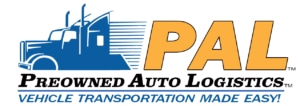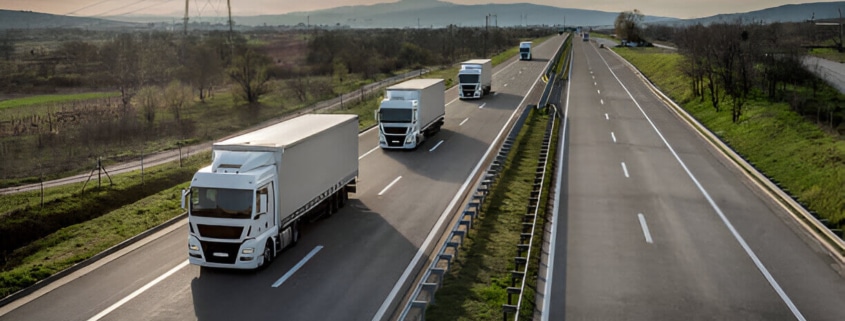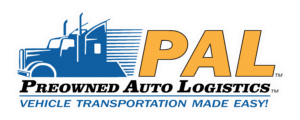Open vs. Enclosed Car Shipping: Which Option is Right for You?
Open vs. Enclosed Car Shipping: Which Option is Right for You?
Planning to ship your car across the country? You’ll need to make an important choice. The auto transport industry, now valued at over $10 billion, gives you two options: open and enclosed transport. While cost matters, what’s most important is making sure your car arrives safely. Your decision will affect not just your budget, but also your vehicle’s protection in transit.
Think of it this way: shipping your car is like booking a flight for your vehicle. You can choose either economy class (open transport) or first class (enclosed transport). Each option comes with its own set of benefits and considerations, and your choice should align with your specific needs, vehicle type, and budget.
What is Open Car Shipping?
Open car shipping is exactly what it sounds like, your vehicle travels on an exposed carrier alongside other cars. This method accounts for about 90% of all car transports, making it the standard choice for vehicle shipping across the United States.
You’ve likely encountered them on interstate highways – those impressive double-decker carriers moving multiple vehicles across the country. These open transport carriers form the backbone of the auto shipping industry. Each carrier efficiently transports up to ten vehicles simultaneously, creating significant cost efficiencies for customers.
The loading process reflects years of refined expertise: certified drivers employ hydraulic lift systems and industry-standard security measures to ensure your vehicle’s safe transit. This time-tested system successfully delivers millions of vehicles annually across the United States.
Open car shipping is especially cost-effective and readily available, though it does expose vehicles to the elements during transit. The benefits are significant – faster pickup times, more flexible scheduling options, and cost savings of 30-40% compared to enclosed shipping.
However, there are trade-offs to consider. Your vehicle will be exposed to weather conditions and potential road debris during transport. While carriers take precautions to minimize risks, your car might need a wash upon arrival to remove dust and dirt accumulated during the journey. Think of it as similar to parking your car outside, it’s perfectly safe but exposed to the elements.
Open transport is particularly suitable if you’re:
· Shipping a daily driver or standard vehicle
· Working with a defined budget
· Moving a car that regularly faces outdoor conditions
· Looking for faster transport times
· Shipping a vehicle valued under $50,000
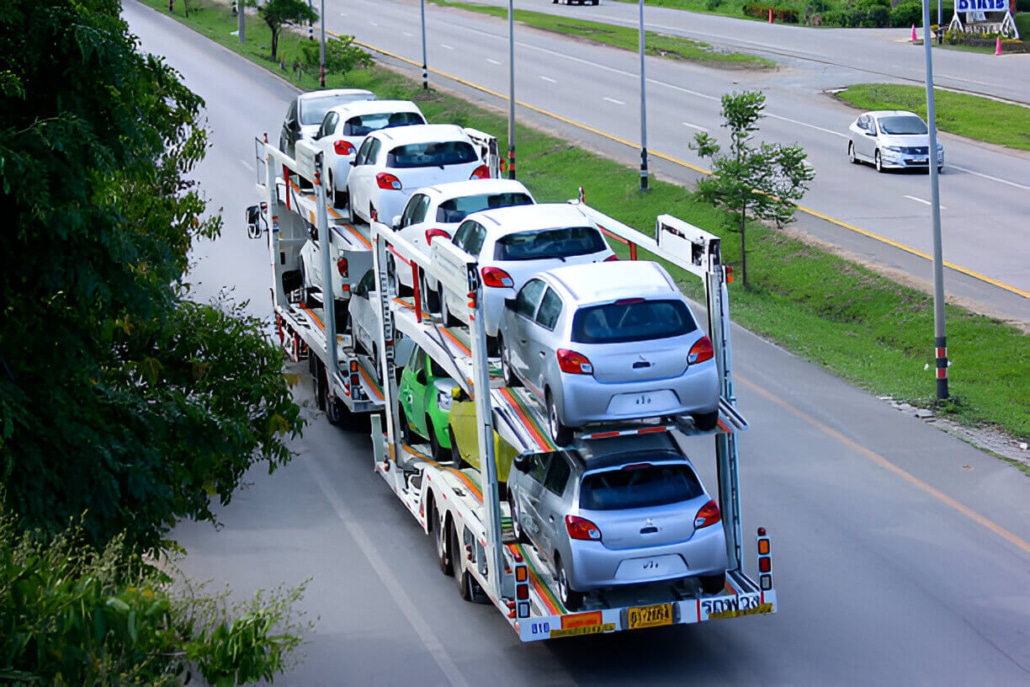
What is Enclosed Car Shipping?
Think of enclosed transport as a private vault for your car. These carriers only move 1-3 vehicles at a time, keeping them safe in a controlled space away from weather and road hazards.
Before transport, carriers inspect and document your car’s condition. They use special lifts to load it carefully and secure it properly. The data backs this up – enclosed shipping has fewer insurance claims, which is why luxury and classic car owners prefer it.
Yes, it costs more than open transport. But you’re paying for peace of mind: better protection, more insurance coverage, and drivers who know how to handle valuable vehicles.
Data reveals that most luxury vehicle owners prefer enclosed carriers, which employ sophisticated loading techniques including specialized lift gates and meticulous securing mechanisms.
Cost Comparison: Open vs. Enclosed Car Transport
Understanding the financial landscape of car shipping is crucial for making an informed decision. According to recent industry data, the pricing for car transport varies significantly between open and enclosed methods.
Open transport costs:
· Short distance (under 500 miles): $550 – $800
· Medium distance (500-1500 miles): $800 – $1,200
· Long distance (1500+ miles): $1,200 – $1,600
· Average cost per mile: $0.60 – $1.10
Enclosed transport costs:
· Short distance (under 500 miles): $1,000 – $1,400
· Medium distance (500-1500 miles): $1,400 – $1,900
· Long distance (1500+ miles): $1,900 – $2,450
· Average cost per mile: $1.50 – $2.20
Key cost factors
- Distance:
The primary driver of shipping costs is total transportation distance. Longer routes require more fuel, driver time, and logistical coordination.
- Vehicle specifications:
· Vehicle size and weight impact carrier capacity and fuel consumption
· Larger vehicles like SUVs and trucks cost more to transport
· Unusual dimensions or modifications can increase pricing
- Seasonal variations
· Summer months (May-September) typically have higher rates due to increased demand
· Winter can present challenges with weather-related complications
· January often sees peak pricing due to holiday and new year logistics
- Transport type
· Open transport remains approximately 30-40% cheaper
· Enclosed transport provides premium protection at a significant price premium
When enclosed transport makes financial sense
Consider enclosed shipping if your vehicle meets these criteria:
- Value exceeds $50,000
- Classic or collector car
- Vintage or rare automobile
- Luxury or high-end sports car
- Vehicles with custom paint or extensive modifications
- Cars participating in shows or exhibitions
Industry experts suggest that only about 10% of customers opt for enclosed transport, primarily due to its higher cost. However, for high-value vehicles, the additional investment can prevent catastrophic damage.
Cost-saving strategies:
· Book during off-peak seasons
· Be flexible with pickup and delivery dates
· Compare quotes from multiple carriers
· Consider terminal-to-terminal instead of door-to-door shipping
Remember, the ‘cheapest’ option isn’t always the most economical. Weigh the risk of damage against the additional cost of enclosed transport when making your decision.
Selecting the Right Shipping Method: Open vs. Enclosed Transport
Choosing the right car shipping method goes beyond simple cost calculations. Industry research reveals that vehicle transport is a nuanced decision driven by multiple critical factors: protection, value, and specific transportation needs.
Comprehensive shipping method comparison
| Criteria | Open Shipping | Enclosed Shipping |
| Cost per Mile | $0.60 – $1.10 | $1.50 – $2.20 |
| Typical Vehicle Value | Under $50,000 | $50,000 – $500,000+ |
| Protection Level | Moderate | Maximum |
| Carrier Availability | High | Limited |
| Recommended For | Daily drivers, standard vehicles | Luxury, classic, exotic cars |
| Weather Exposure | Full exposure | Fully protected |
| Insurance Coverage | Standard | Comprehensive |
| Transport Capacity | 8-10 vehicles per carrier | 1-3 vehicles per carrier |
Ideal scenarios for open shipping
Recommended for vehicles:
· Standard daily drivers
· Newer models with minimal value depreciation
· Vehicles valued under $50,000
· Cars in good mechanical condition
· Standard sedans, SUVs, and pickup trucks
· Vehicles that regularly experience outdoor conditions
Recommended situations for enclosed shipping
Optimal for vehicles:
· Luxury automobiles
· Classic and vintage cars
· Exotic sports cars
· High-value collector vehicles
· Rare or limited edition models
· Cars with custom paint or extensive modifications
· Vehicles with low ground clearance
· Motorsport or show vehicles
Deciding based on vehicle’s value and your budget
#1. Vehicle valuation
Open transport serves as the standard shipping method for vehicles valued under $50,000. Professional carriers successfully transport thousands of these vehicles daily, from economy cars to entry-level luxury vehicles. The proven track record of open transport, combined with comprehensive insurance coverage, provides a reliable solution that aligns with the vehicle’s market value.
When transporting vehicles valued between $50,000 and $100,000, industry experts recommend evaluating enclosed transport options. The investment in these vehicles, particularly luxury sedans and performance cars, warrants careful consideration of enhanced protection methods. The additional security features of enclosed transport often justify the increased cost for vehicles in this premium segment.
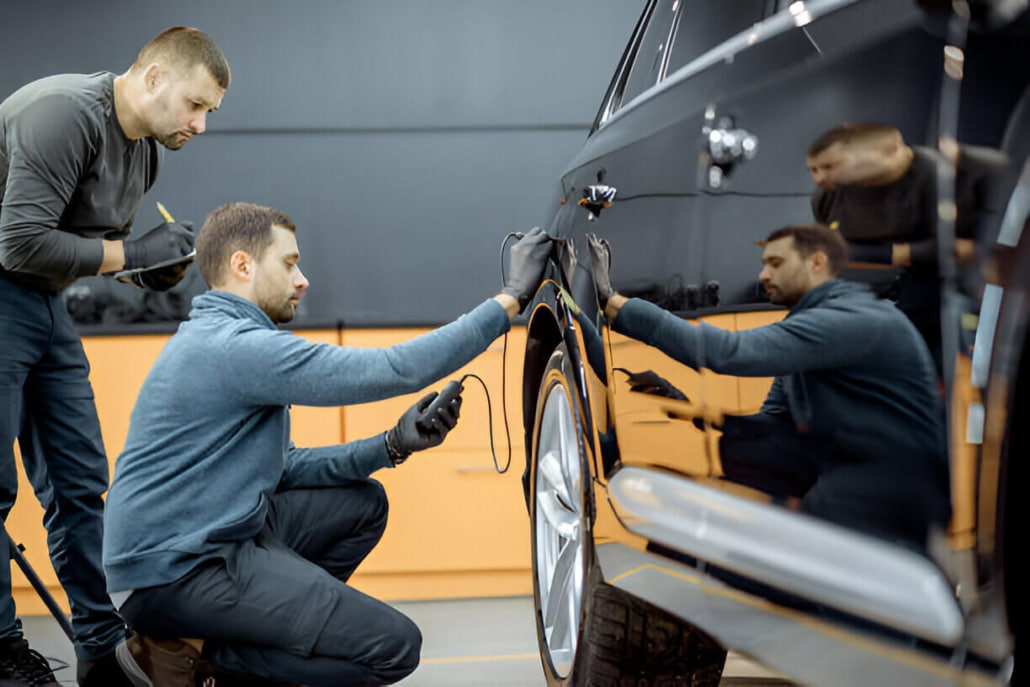
#2. Budget considerations
Cost-conscious clients benefit from open transport’s economic advantages, which reduce shipping expenses by 30-40% compared to enclosed options. This method maintains professional standards while offering significant cost savings. The widespread availability of open carriers enables competitive pricing without compromising essential safety measures.
Clients with adaptable budgets can select transportation options based on comprehensive vehicle protection assessments. This approach enables a balanced evaluation of crucial factors, including regional weather patterns, route specifications, and vehicle requirements. The flexibility allows for strategic allocation of resources to secure the most appropriate shipping method.
#3. Timeline considerations
The extensive network of open carriers provides superior scheduling flexibility and rapid deployment options. The larger fleet of available trucks facilitates efficient route optimization and faster pickup times. Clients benefit from the robust infrastructure of open transport, which maintains consistent service across major transportation corridors.
Enclosed transport requires precise scheduling due to the specialized nature of the equipment and limited carrier availability. The select fleet of enclosed carriers operates on designated routes with specific scheduling parameters. Clients must incorporate extended planning timelines to secure these premium services and ensure appropriate accommodation of their transportation requirements.
#4. Risk assessment
Clients who understand and accept standard transportation risks often select open shipping methods. These informed customers recognize that professional open carriers maintain strong safety records and provide adequate insurance protection. The established protocols and extensive experience of open transport operators effectively manage typical transportation risks.
Risk-averse clients maximize vehicle protection through enclosed transport services. This premium option eliminates exposure to environmental hazards and minimizes security concerns throughout the transportation process. The comprehensive protection justifies the additional investment for clients who require absolute assurance of their vehicle’s safety during transit.
Decision-making framework
Ask Yourself:
- What is my vehicle’s current market value?
- Can I financially justify the extra protection?
- How critical is maintaining the vehicle’s pristine condition?
- What are the potential environmental risks during transport?
Pro Tip: If your vehicle’s value, sentimental importance, or condition warrants extra protection, the additional cost of enclosed shipping becomes a worthwhile investment.
How to Book the Right Car Shipping Service
Selecting an appropriate auto transport service requires careful consideration of multiple factors to ensure safe and reliable vehicle transportation. This guide outlines the essential elements to evaluate when choosing a car shipping service, understanding insurance requirements, and managing the transport process.
Selecting a reliable auto transport company
Professional reputation and operational legitimacy serve as primary indicators of a reliable auto transport service. According to recent industry analyses, companies such as Preowned Auto Logistics maintain consistently high performance ratings in the automotive transportation sector.
Essential verification steps:
- Confirm the company’s Department of Transportation (DOT) registration
- Verify Federal Motor Carrier Safety Administration (FMCSA) certification
- Examine the company’s operational history
- Review client testimonials through accredited platforms
Legitimate auto transport providers prioritize transparency. They supply clear documentation, maintain open communication channels, and adhere to federally mandated safety and insurance standards. Always request and verify all credentials before scheduling your shipment.
Insurance coverage requirements
Insurance protection constitutes a critical component of automotive transportation services. Auto transport carriers are legally mandated to maintain comprehensive insurance coverage, protecting vehicles during the transportation process.
Standard insurance parameters:
· Cargo insurance typically ranges from $150,000 to $350,000
· Liability coverage generally exceeds $1,000,000
· Additional coverage options may be available for high-value vehicles
Documentation requirements:
· Written confirmation of insurance coverage
· Detailed explanation of claim procedures
· Specific coverage limitations and exclusions
· Deductible obligations, if applicable
Transportation process protocol
Auto transport services typically offer two primary delivery methods: door-to-door and terminal-to-terminal transportation. Each option presents distinct advantages and considerations.
· Door-to-door service: This premium service provides direct vehicle collection and delivery to specified locations. While commanding a higher fee structure, it offers maximum convenience and personalized attention.
· Terminal-to-terminal service: This option requires vehicle delivery and collection at designated terminals. While more economical, potentially reducing costs by up to 30%, it necessitates additional logistics planning.
Pre-transport preparation requirements:
- Vehicle documentation
· Current photographs of vehicle condition
· Comprehensive inspection report
· Maintenance verification
- Vehicle preparation
· Interior and exterior cleaning
· Removal of personal items
· Fuel level maintenance at 25% capacity
· Spare key availability
- Administrative requirements
· Bill of lading review and completion
· Payment terms documentation
· Insurance verification
· Contact protocol establishment
The selection of an auto transport service requires thorough evaluation of credentials, insurance provisions, and service protocols. While cost considerations merit attention, the primary focus should remain on service quality and reliability. Professional auto transport services maintain transparent operations, comprehensive insurance coverage, and structured transport protocols.
Successful vehicle transportation depends on meticulous preparation and selection of appropriate service providers. Careful attention to documentation, insurance verification, and procedural requirements ensures optimal outcomes in automotive transportation services.
Conclusion
Shipping your vehicle is a big decision requiring careful planning. Start by focusing on three core elements: selecting an insured carrier, understanding available services, and maintaining proper documentation.
Your vehicle’s needs should guide your choice of service. For example, a vintage Mustang requires enclosed transport and premium insurance for a show, while a family sedan may only need standard terminal-to-terminal shipping for a cross-country move. Choose a service that matches your specific requirements rather than the highest-priced option.
Today’s auto transport companies offer modern conveniences like instant quotes and shipment tracking. However, the essential qualities of excellent service remain constant: clear communication, full insurance coverage, and professional vehicle handling.
To begin the process, request quotes from multiple established carriers. Review each proposal carefully, examining insurance coverage, delivery times, and handling methods. Quality companies appreciate detailed questions and provide thorough answers.
